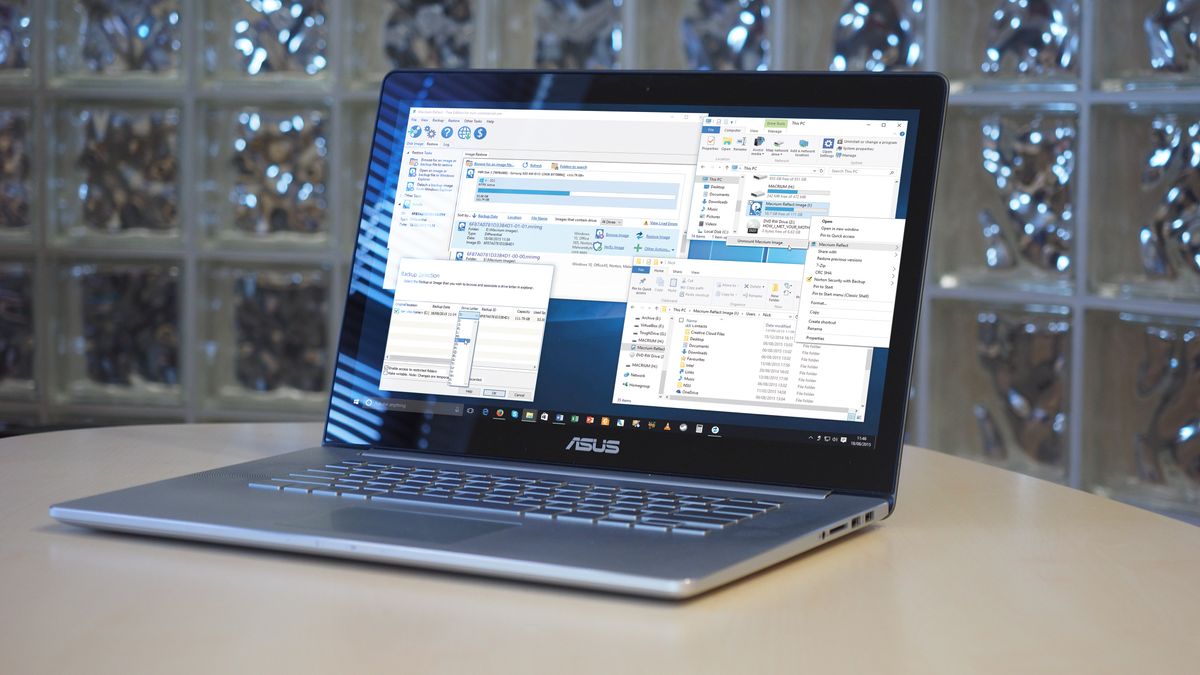

IMO, Macrium Reflect is the easiest way to clone a HDD. It is all, or none, but that is what a cloned image is for. You cannot pick out a file, or see the contents. then I told it to use that cloned image, and overwrite the laptop where it came from.Īs all Cloned Images are, they are a static image of when you made that image. I then told it to make an Image Copy to my extUSB HDD on the NTSF partition. I made the LiveCD from a Win7 Gateway desktop, and then used it to boot up my ASUS Linux laptop ( windows is gone ) and it showed me all of the partitions on the HHD. e.g., what that does, is install all parameters needed to boot on any PC/laptop, not just the one that created the LiveCD. Provided that you have created that LiveCD from Windows, AND you checked the box to install all of the Optional Bootup features. I can also tell you that Reflect is one heck of a lot faster when executed from within a Windows session than it is when run from the Rescue medium.ĭoes cloning and restoring disk with Macrium Reflect work with Macrium Reflect Live CD?


After that the rest of the process was straightforward. All the necessaries are there, but the first time I tried to restore a partition from an image stored on an external hard drive it took a little spelunking to find the backup store. When booting from the rescue medium, the program's menu/window layout is a little different from the installed version. I seem to recall that if Reflect encounters a file system it doesn't understand it automagically reverts to creating a straight bit copy of the entire partition, but that is slow and an inefficient use of space on the storage medium. I don't know if Reflect can work with with LVM or encrypted partitions, or other file systems like BTRFS or XFS. Do you mean the rescue boot media created by an installed version of Reflect? If that's what you are referring to, then yes, it works fine with straight, unencrypted EXT4 partitions (and the FAT ESP if you have a UEFI machine). IDG, I didn't know Macrium Reflect had a live CD.


 0 kommentar(er)
0 kommentar(er)
